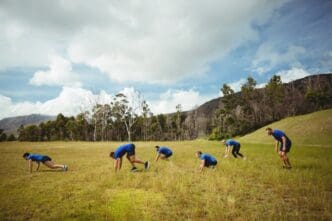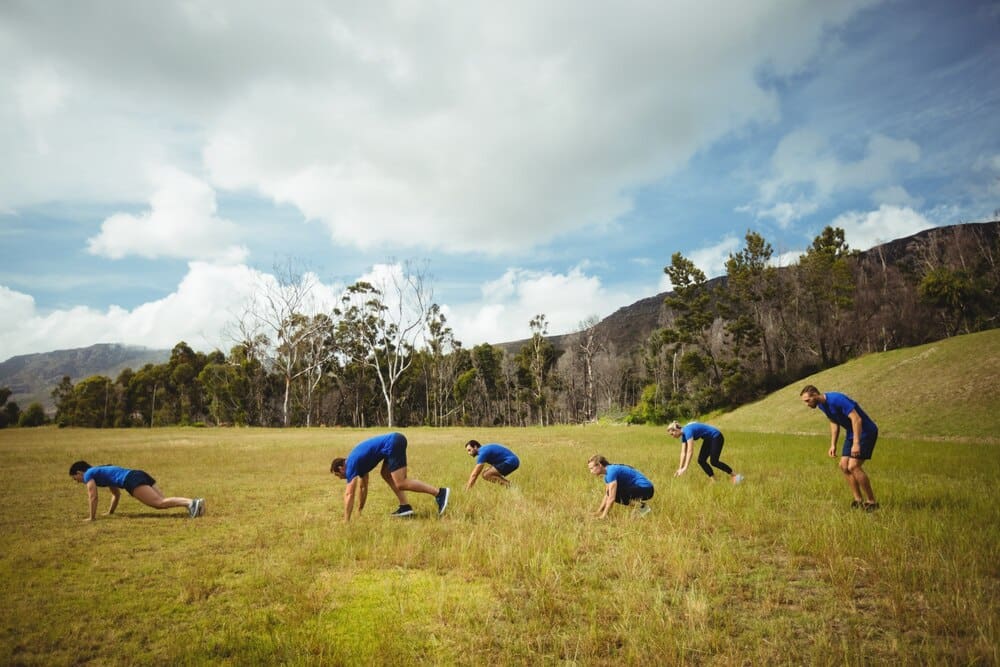For the ambitious runner ready to move beyond the traditional marathon, the world of ultramarathoning offers a profound and transformative challenge. Choosing your first ultra is a critical decision, but for those in South Florida, the choice is uniquely shaped by a demanding environment of relentless heat, humidity, and deceptively difficult flat terrain. The key to a successful debut is selecting a race, typically a 50K, that aligns with your training, takes place during the cooler winter months, and provides robust organizational support, ensuring your first foray into distances beyond 26.2 miles is a rewarding experience rather than a punishing ordeal.
What Exactly Defines an Ultramarathon?
At its core, an ultramarathon is any running race longer than the classic marathon distance of 26.2 miles (or 42.195 kilometers). While this definition is simple, the sport itself is incredibly diverse, encompassing a wide range of distances, terrains, and formats that test endurance in different ways.
The most common entry-level ultra distance is the 50K, which translates to approximately 31 miles. This distance serves as a natural and logical progression from the marathon, adding just under five miles to the race you’ve likely already trained for. It provides a taste of the ultra experience—managing nutrition over a longer period, dealing with late-race fatigue, and pushing mental boundaries—without the overwhelming leap required for longer events.
Beyond the 50K, distances scale up significantly. You’ll find 50-mile, 100K (62 miles), 100-mile, and even multi-day events that cover 200 miles or more. These longer races demand a completely different level of physical preparation, logistical planning, and mental fortitude, which is why they are rarely recommended for a first-time ultrarunner.
The Unique Challenge of Running in South Florida
Before you even consider the distance, you must first respect the arena. South Florida presents a set of environmental challenges that can humble even the most seasoned athletes. Understanding these factors is non-negotiable for anyone planning to race here.
Heat and Humidity: The Dominant Factor
There is no escaping it: South Florida is hot and humid for most of the year. This combination is far more taxing on the body than dry heat. High humidity prevents sweat from evaporating efficiently, which is your body’s primary cooling mechanism. As a result, your core body temperature can rise more quickly, increasing the risk of dehydration, heat exhaustion, and heatstroke.
This is why the local ultramarathon calendar is heavily concentrated between November and early April. Choosing a race outside of this window is a significant gamble. Even during the “cooler” months, a midday sun can feel intense. Successful South Florida ultrarunners are masters of hydration, electrolyte management, and heat acclimatization, having spent months training their bodies to perform in these specific conditions.
Flat is Not Always Easy: The Terrain
Newcomers often look at South Florida’s flat topography and assume it makes for an easy course. This is a critical miscalculation. While you won’t be climbing mountains, the pancake-flat terrain presents its own distinct challenge: relentless muscle repetition. There are no uphill climbs that allow you to switch to a power-hike and give your running muscles a break, nor are there downhills to change your stride.
This constant, repetitive motion can lead to muscular fatigue and overuse injuries faster than on a varied-terrain course. Furthermore, the surfaces themselves can be treacherous. Many races take place on grassy, uneven levees, technical single-track trails riddled with roots, or the infamous “sugar sand,” a fine, soft sand that drains energy with every step. You must train specifically for the surface you plan to race on.
Wildlife and Environment
Racing in South Florida means sharing the trail with its native residents. While encounters are not guaranteed, you are running through delicate ecosystems. It’s essential to be aware of your surroundings, keeping an eye out for alligators, snakes, and spiders. Race directors do an excellent job of ensuring course safety, but personal vigilance is part of the sport.
More pressingly, you will almost certainly contend with insects. Mosquitoes, no-see-ums, and biting flies can be a significant nuisance, particularly in shaded, swampy areas or near dawn and dusk. A reliable insect repellent is just as crucial as your water bottle.
Key Factors in Choosing Your First South Florida Ultra
With a firm understanding of the regional challenges, you can now apply a strategic filter to select the perfect first race. Focus on these four elements to set yourself up for success.
Distance: The 50K Sweet Spot
For 99% of first-timers, the 50K is the ideal choice. It is a formidable challenge that demands respect and dedicated training, but it remains within a manageable realm. The training volume is an incremental increase from marathon preparation, and the race itself is short enough that you can often complete it without needing a support crew or extensive logistical planning. It’s the perfect way to learn the art of ultra-endurance running.
Course Type: Loops vs. Point-to-Point
Ultramarathons are typically formatted as either loop courses or point-to-point (A-to-B) courses. For a beginner, a loop course is highly recommended. These races often consist of several repetitions of a 5-to-10-mile loop. The primary advantage is logistical simplicity. You pass your car or a central aid station multiple times, allowing you to easily access your personal supplies, food, and gear without needing a crew.
This format also provides a significant mental boost. Breaking a 31-mile race down into three or four manageable 8-mile loops feels far less daunting. Point-to-point races offer a greater sense of journey and adventure but require more complex planning for transportation and gear access via drop bags.
Cutoff Times: Your Safety Net
Every ultramarathon has cutoff times—deadlines by which you must leave an aid station or reach the finish line. These are in place for runner safety and to manage volunteer and course resources. When choosing your first ultra, look for a race with generous cutoffs. A 50K with a 9- or 10-hour cutoff provides a substantial buffer.
This safety net removes the pressure of having to maintain a fast pace. It gives you the freedom to walk, manage any physical issues that arise, spend a few extra minutes at an aid station, and simply enjoy the experience. A tight cutoff can add unnecessary stress to an already challenging day.
Aid Station Support
Unlike most road marathons where you might carry all your own fuel, ultrarunning culture is built around aid stations. These are veritable buffets in the wilderness. Before signing up, carefully review the race website to see how frequently aid stations are placed (every 4-6 miles is a good standard) and what they offer.
Look for races that provide a mix of typical running fuel (gels, chews, electrolyte drinks) and “real food” like boiled potatoes, sandwiches, chips, fruit, and soda. Your stomach can turn against sugary gels late in a race, and having savory, solid options can be a lifesaver. Strong aid station support is a hallmark of a well-organized, beginner-friendly event.
Your Final Checklist Before You Commit
Once you have a race in mind, run through this final checklist. Answering these questions will confirm whether it’s the right fit for you.
- Training Alignment: Does the course terrain (e.g., sand, grass, technical trail) match the surfaces you have been training on?
- Race Date: Is the race scheduled during the cooler, drier months of November through April? Does the date give you enough time (at least 16-20 weeks) for a dedicated training block?
- Reputation and Reviews: Have you read race reports or reviews from previous years? Veteran runners often share invaluable insights about the course, organization, and overall vibe of an event.
- Cutoffs and DNF Rate: Are the cutoff times generous? A quick search might also reveal the race’s DNF (Did Not Finish) rate; a very high rate could indicate a particularly difficult course or challenging conditions.
- Personal Goals: Does this race excite you? Your first ultra should be about the experience and completion, not a specific time. Choose a race whose location, community, or course inspires you to put in the work.
Choosing your first ultramarathon in South Florida is a thoughtful process of balancing personal ambition with environmental respect. By starting with the 50K distance, prioritizing races held in the winter, and selecting an event with a supportive structure like a loop course and generous cutoffs, you are not just signing up for a race—you are setting the stage for a successful and memorable entry into an incredible sport. The journey will be tough, but with smart planning, your finish line will be a triumphant one.







